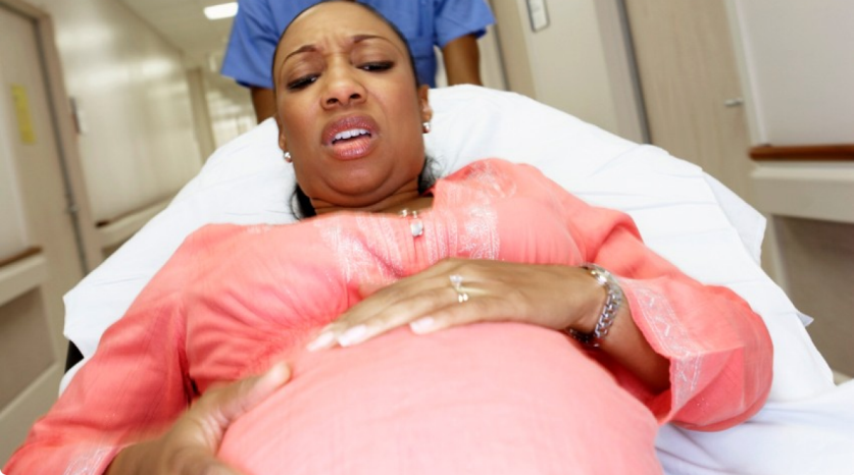11 Things You May Not Have Been Told About Labour

Pregnant for the first time and wondering what labour entails or just curious about the process? Here are a few basics no one may have told you about…
1. Your water (the amniotic fluid which forms a protective sac around your baby) may not gush out at once like we often see in movies. In most cases, it may gush out in bits, and you’ll need to wear a maxi pad. You’ll also need to change it a couple of times, depending on the leakage. It may feel like uncontrollable pee. If your water doesn’t break on its own, a doctor will do the honours.
2. Your water may break but it could still be long hours before contractions start and your cervix begins dilating to make way for the baby. It’s only when contractions start and become regular that heading to the hospital for delivery makes sense. Note that you could be sent back home from the hospital for a false alarm.
Usually, labour starts on its own within 24 hours after your water breaks. Your doctor may induce labour if it doesn’t.
3. The pains and discomfort of contractions may be the worst part of your birth experience. They usually start like regular menstrual cramps and rapidly transform into severe pains in your lower back and abdomen.
4. You may opt for an epidural to relieve labour pains. An anaesthetic is injected into the lower part of your spine. When injected, it numbs the nerves which relay the pain of contractions within minutes and can be used from early labour until you’re fully dilated. A catheter may be used to empty your bladder as your mobility will be restricted. Read more about labour pain relief options here.
READ ALSO: 6 Tips To Induce Labour Naturally
5. You’ll feel a strong desire to use the rest room when it’s time to start pushing. By then, the baby is trying to get out and has descended into your uterus, pressing on your organs. You’ll beg the nurses forever to allow you use the rest room but they won’t budge – you don’t want your little cutie popping into the toilet bowl, do you?
6. You won’t see your doctor as often as you expected while your labour lasts. He’ll likely be busy seeing to other things and check on you only when he’s truly needed.
7. Your doctor may cut your perineum (the tissue between the vaginal opening and the anus) to create more room for the baby’s passage. This is called an episiotomy. It will be stitched and may cause some discomforts post-delivery. Some mums do not get an episiotomy but may have perineal tears while pushing. These are usually stitched too. Episiotomies take between 2-3 weeks to heal and stitches dissolve during this period.
READ ALSO: Pregnancy and Delivery: What Your Cervix Looks Like During Labour Stages
8. When the baby is delivered, your next mission is to deliver the placenta. And, no, this doesn’t require much effort.
9. If you can’t stand the sight of blood, be sure you’ll see lots of it this time. In addition, to avoid leakage from post-birth bleeding, you’ll need to wear lots of maxi pads. Bleeding may not abate for six weeks post-birth.
10. Preferably, you’ll need to squirt warm water onto your private areas with a squirt bottle (will be provided at the hospital) after using the bathroom in place of wiping with toilet paper. This will keep the stitched parts clean and less prone to infections.
11. In place of your underwear, while leaving the hospital, you’ll likely be wearing disposable gauze to keep your pad in place.
No matter the pains and discomforts you have to endure, you’ll forget all as you experience the joys of caring for your new cutie and witnessing his several amazing milestones, and in no time, baby number 2 will be on the horizon.



Noted
My water broke and i was so scared, complaining to the nurse that my entire body is messed up and I don’t know what it is. Hahahahahaha……..she said,’your water just broke. OMG!!!!
Noted. Thanks MIM for sharing.
Thanks MIM